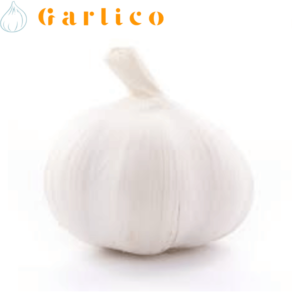
Elephant garlic, or Allium ampeloprasum, is closely related to the common garlic but has a milder flavor and larger bulbs. It is native to Central Asia and has been cultivated for centuries for its culinary and medicinal uses. This article will explore the history, cultivation, culinary uses, health benefits, and potential risks associated with elephant garlic. elephantgarlic.co.uk
History
Elephant garlic has a long history of use, dating back to ancient times. The ancient Greeks and Romans believed garlic had medicinal properties and used it to treat various ailments. It was also used as a flavoring agent in food and as an aphrodisiac.
Elephant garlic is believed to have originated in Central Asia and was brought to Europe by travelers and traders. It was first cultivated in France in the 1800s and was later introduced to the United States in the early 1900s.
Cultivation
Elephant garlic is easy to grow and can be grown in most soil types. It prefers well-drained soil with a pH of 6.0 to 7.5. The best time to plant elephant garlic is in the fall, between September and November, in the Northern Hemisphere. The cloves should be planted 2 to 3 inches deep and 6 to 8 inches apart, with the pointed end facing up.
Elephant garlic is a hardy plant that can survive cold winters and hot summers. It requires little maintenance and must only be watered when the soil is dry. The bulbs can be harvested in mid-summer once the leaves have turned yellow and the bulb has grown to its full size.
Culinary Uses
Elephant garlic has a milder flavor than common garlic and is often used as a recipe substitute. The bulbs can be used like regular garlic, but the larger size makes them easier to peel and chop.
Elephant garlic can be roasted, grilled, or sautéed to bring out its sweet and nutty flavor. It can be used to flavor meats, vegetables, and sauces or as a topping for pizza and pasta dishes.
Health Benefits
Elephant garlic, like regular garlic, has several health benefits. It is rich in antioxidants and sulfur compounds that can help reduce inflammation and lower the risk of chronic diseases. It is also high in vitamin C, B6, and manganese, essential nutrients for good health.
Studies have shown that garlic can help lower cholesterol levels and blood pressure and reduce the risk of heart disease. It may also have anti-cancer properties and help boost the immune system.
Potential Risks
While elephant garlic is generally safe to eat, it can cause some side effects in specific individuals. After eating garlic, some people may experience gastrointestinal upset, such as bloating, gas, and diarrhea. It can also cause bad breath and body odor.
People allergic to garlic should avoid eating elephant garlic, as it may cause an allergic reaction. Garlic can also interact with certain medications, such as blood thinners, and people should avoid these medications.
Conclusion
Elephant garlic is a flavorful and nutritious vegetable enjoyed for thousands of years. It is easy to grow and can be used in various recipes. It has several health benefits and may help lower the risk of chronic diseases. While generally safe to eat, elephant garlic may cause side effects in specific individuals and should be avoided by people who are allergic to garlic or taking certain medications.
